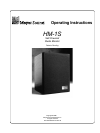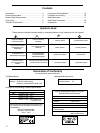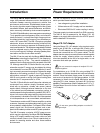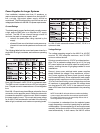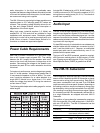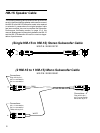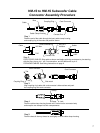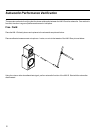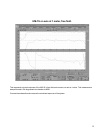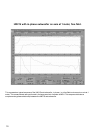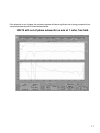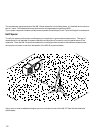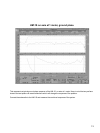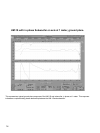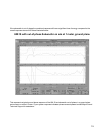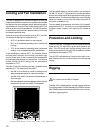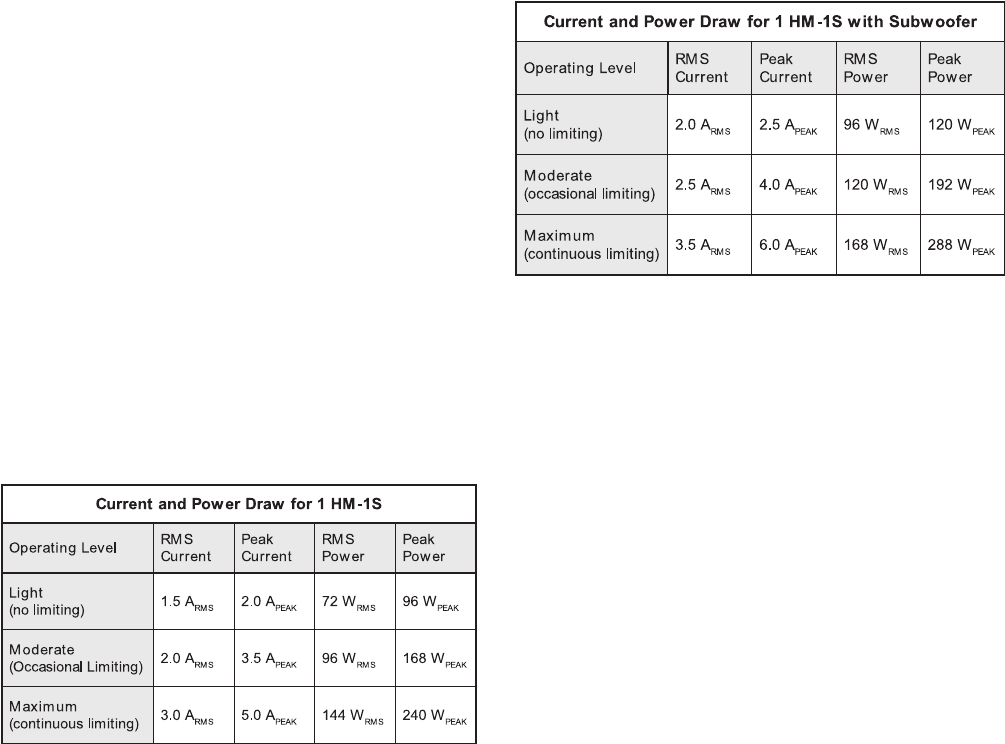
4
Power Supplies for Larger Systems
If an installation includes more than 10 speakers, or
requires several speakers to operate from a single 48 V
line, a single, high-output power supply should be
considered. The following sections provide current and
voltage specifications for the HM-1Ss power requirements.
Current Ratings
The wide dynamic range of audio signals normally causes
a high peak-to-RMS ratio in an amplifiers DC supply
currents. The HM-1S has internal storage circuits to
minimize the peak-to-average ratio, which
reduces the peak power rating required by the
supply;
allows efficient use of switched-mode power sup-
plies which have similar peak and continuous rat-
ings.
The following table lists the current and power draw for a
single HM-1S at light, moderate, and maximum operating
levels.
Each HM-1S draws 0.4 ADC, 20 W in a quiescent state.
The RMS current is measured over a 500 ms integration
time. The peak current is measured over a 10 ms integration
time.
Each HM-1S can drive a slaved Meyer subwoofer from a
connection on the amplifier panel. Adding the subwoofer
increases the amplifiers output current, which increases
the power supply current. The current and power ratings
for an HM-1S and a subwoofer are listed in the following
table at light, moderate, and maximum operating levels.
An HM-1S with subwoofer draws 0.4 ADC, 20 W in a
quiescent state.
Voltage Ratings
The voltage operating range for the HM-1S is 48 VDC
nominal, 52 VDC absolute maximum, and 35 VDC
minimum without shutoff.
Allowing operation down to 35 VDC provides two ben-
efits. First, a moderate voltage drop (up to 8 V) for long
DC power cables has a minimal impact on audio perfor-
mance, enabling the use of light-gauge cables for most
installations.
Second, since some switched-mode power supplies
slowly foldback the voltage if they experience current-
limit, power supplies with lower power (current) ratings
can be used efficiently. Since supplies with lower power
ratings typically experience current-limit when the HM-
1S is at continuous limiting, some voltage drop and loss
of headroom is acceptable provided the voltage does
not drop below 35 VDC. At 35 V, the maximum current
draw is 25% lower than the values stated in the preceding
tables.
NOTE: If the HM-1S will not be driven at continuous limiting,
a power supply that satisfies the moderate specifications
for voltage and current can be used safely without risk of
sonic degradation or interruption.
It is important to understand how the selected power
supply responds to current-limit, particularly for switched-
mode supplies. Some supplies trip off and must be reset
manually, while others remain off for a period of time and
reset automatically. In both cases, the HM-1S suffers



